During the 1970s, many cars featured vinyl tops, a design trend that left a significant mark on automotive history. The reasons behind this phenomenon range from aesthetic preferences to economic factors, and this distinctive style became synonymous with the era. Car owners sought the luxury look and feel without the associated costs, leading to the widespread adoption of vinyl tops.
The Rise of Vinyl Tops: Aesthetic Appeal and Fashion Trends

The influence of luxury cars in the 1970s cannot be overstated. High-end vehicles such as Cadillacs and Lincolns set the standard for what was considered stylish and sophisticated at the time. These cars often featured vinyl tops, which became a symbol of prestige. The design choice trickled down to more affordable models, allowing average consumers to own a vehicle that echoed the grandeur of these luxury giants. The Cadillac Eldorado and Lincoln Continental, for example, showcased vinyl tops as a hallmark of elegance, which many other manufacturers sought to emulate.
Another driving force behind the popularity of vinyl tops was the desire to replicate the convertible look without the associated costs and practical issues. Vinyl tops provided a similar aesthetic at a fraction of the price, making them a popular alternative for those who desired the open-air feel without the drawbacks of a true convertible. This trend was especially prevalent in models like the Ford Thunderbird and the Chevrolet Monte Carlo, which featured vinyl tops that mimicked the appearance of a convertible roof, thus appealing to a broad spectrum of buyers.
The broader cultural and fashion trends of the 1970s also played a significant role in the vinyl top’s rise. The era was characterized by bold styles and textures, and these preferences naturally extended to car design. The vinyl tops offered a textured look that resonated with the fashion-forward consumers of the time. The design choice mirrored the flamboyant clothing styles and interior decors that were popular, reinforcing the idea that cars were not just modes of transport but also fashion statements.
Economic Factors and Manufacturing Considerations
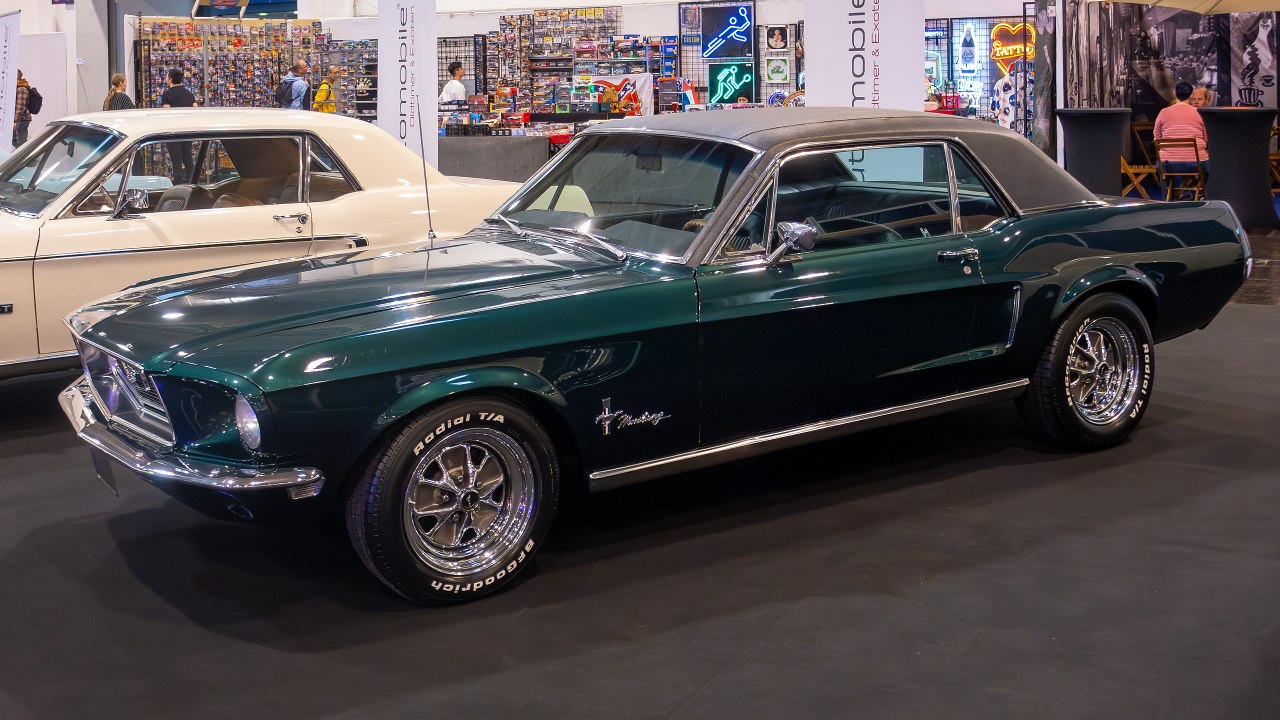
From a manufacturing standpoint, vinyl tops represented a cost-effective way to offer consumers a high-end look. The material itself was significantly cheaper than more premium alternatives such as leather or metal, allowing automakers to market vehicles with vinyl tops as luxury offerings without incurring substantial production costs. This strategy was particularly appealing to manufacturers looking to enhance their profit margins while still delivering a product that appeared upscale.
Marketing strategies of the time capitalized on this cost-effectiveness by promoting vinyl tops as a luxurious feature. Advertisements often highlighted the style and status that a vinyl top could confer upon a vehicle, enticing buyers with the allure of owning a car that looked and felt premium. The allure of achieving a luxury aesthetic at a lower price point was compelling, and automakers like Chrysler and Ford leveraged this in their marketing campaigns to great effect.
Advances in manufacturing techniques also facilitated the widespread adoption of vinyl tops. The availability of vinyl and improvements in its production made it a practical choice for automakers. These advancements allowed for more consistent quality and easier application processes, which in turn reduced costs and made vinyl tops more accessible to a broader range of consumers. As a result, the addition of vinyl tops became a standard option in many vehicle lines, further cementing their popularity during the decade.
Functional Aspects and Perceptions of Quality
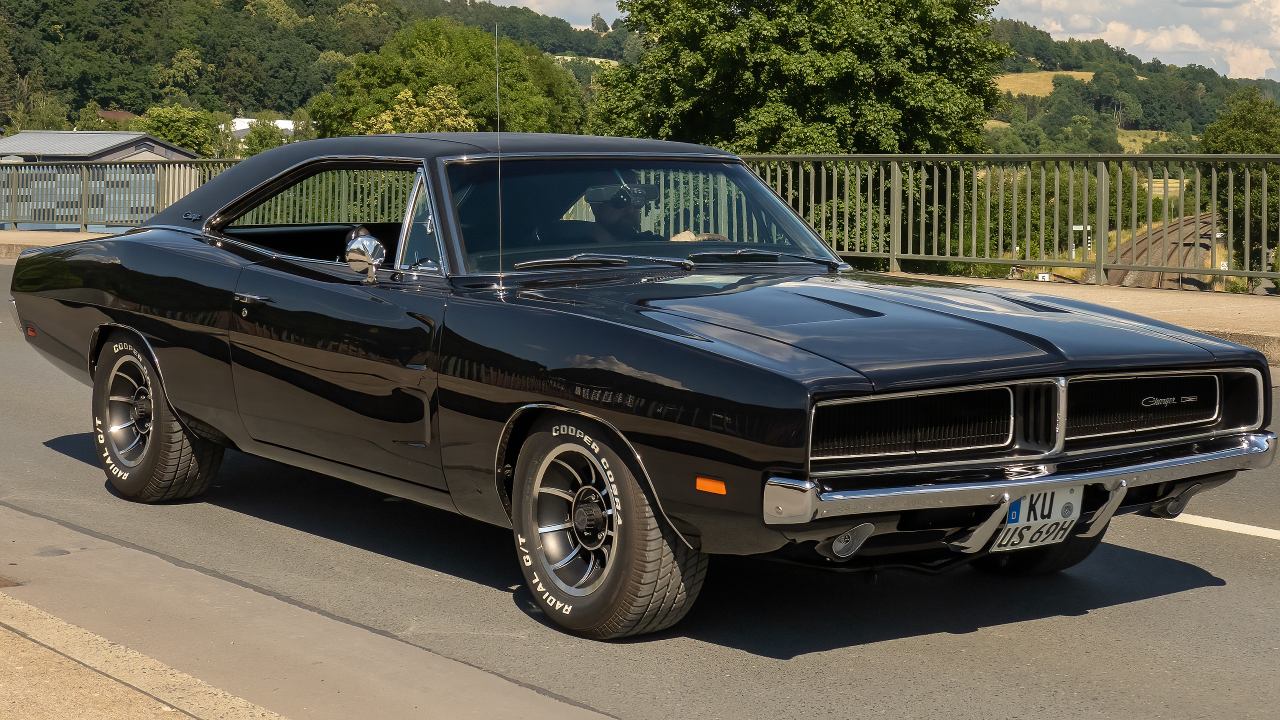
When it comes to durability and maintenance, vinyl tops presented both benefits and drawbacks. On the one hand, vinyl was praised for its resilience to various weather conditions, offering a level of protection against elements like rain and sun. This was particularly appealing in climates that experienced varied weather patterns, as it meant the vehicle’s roof would likely last longer without showing signs of wear. However, over time, many consumers began to notice issues such as cracking and fading, which detracted from the initially perceived quality of the material.
Manufacturers marketed vinyl tops as providing additional weather resistance, which added to their appeal. This was especially relevant in regions with harsh weather conditions, where the promise of an extra layer of protection was a significant selling point. However, while the initial marketing suggested that vinyl tops could enhance the longevity of a vehicle, the reality was often different as maintenance challenges became apparent over time. Issues like moisture trapping and mold growth were not uncommon, leading some consumers to question the overall quality and durability of vinyl tops.
As consumer attitudes towards quality and durability evolved, the popularity of vinyl tops began to wane. The initial allure of a stylish, luxury look was overshadowed by the practical realities of maintaining vinyl tops. As buyers became more discerning and prioritized long-term durability over temporary aesthetics, the demand for vinyl tops decreased. This shift in perception played a crucial role in the gradual decline of the trend by the late 1970s.
The Decline of Vinyl Tops and Legacy
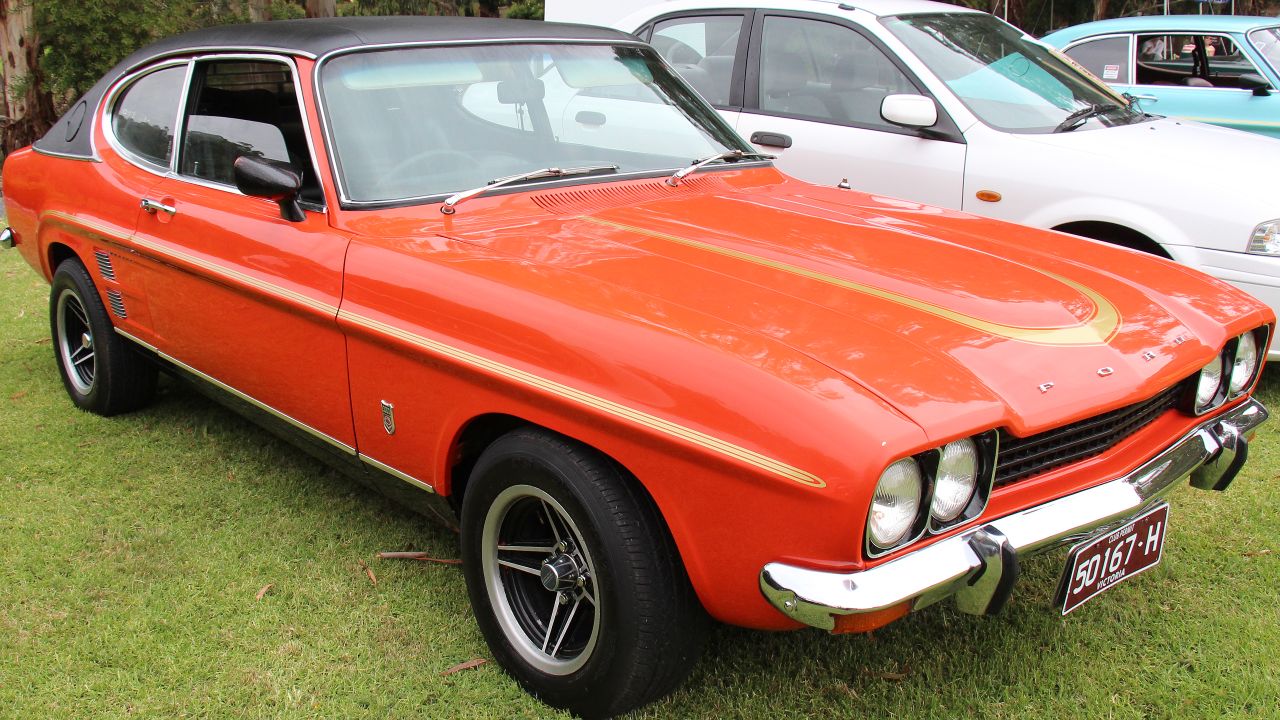
Several factors contributed to the decline of vinyl tops in the late 1970s and early 1980s. Changing consumer preferences played a significant role as buyers began to favor more modern, streamlined car designs over the ornate styles of the previous decade. The rise of new automotive technologies, such as improved paint finishes and advanced roofing materials, offered alternatives that were both aesthetically pleasing and more durable, further diminishing the appeal of vinyl tops.
Industry regulations also influenced the decline of vinyl tops. New safety and environmental standards prompted automakers to rethink their design choices, and many of these regulations favored more sustainable and less hazardous materials. The additional weight and potential environmental impact of vinyl tops became less desirable in the context of these new standards, leading many manufacturers to phase them out in favor of other options.
Despite their decline, vinyl tops have left an enduring legacy in car culture. They are often seen as a nostalgic design element, reminiscent of a distinctive era in automotive history. This nostalgia is reflected in the ongoing popularity of retro-themed automotive restorations, where vinyl tops are often restored or added to classic car models to recapture their original charm. The influence of vinyl tops can still be seen today, as they continue to evoke a sense of style and sophistication that defined the 1970s.
Like Fast Lane Only’s content? Be sure to follow us.
Here’s more from us:
*Created with AI assistance and editor review.

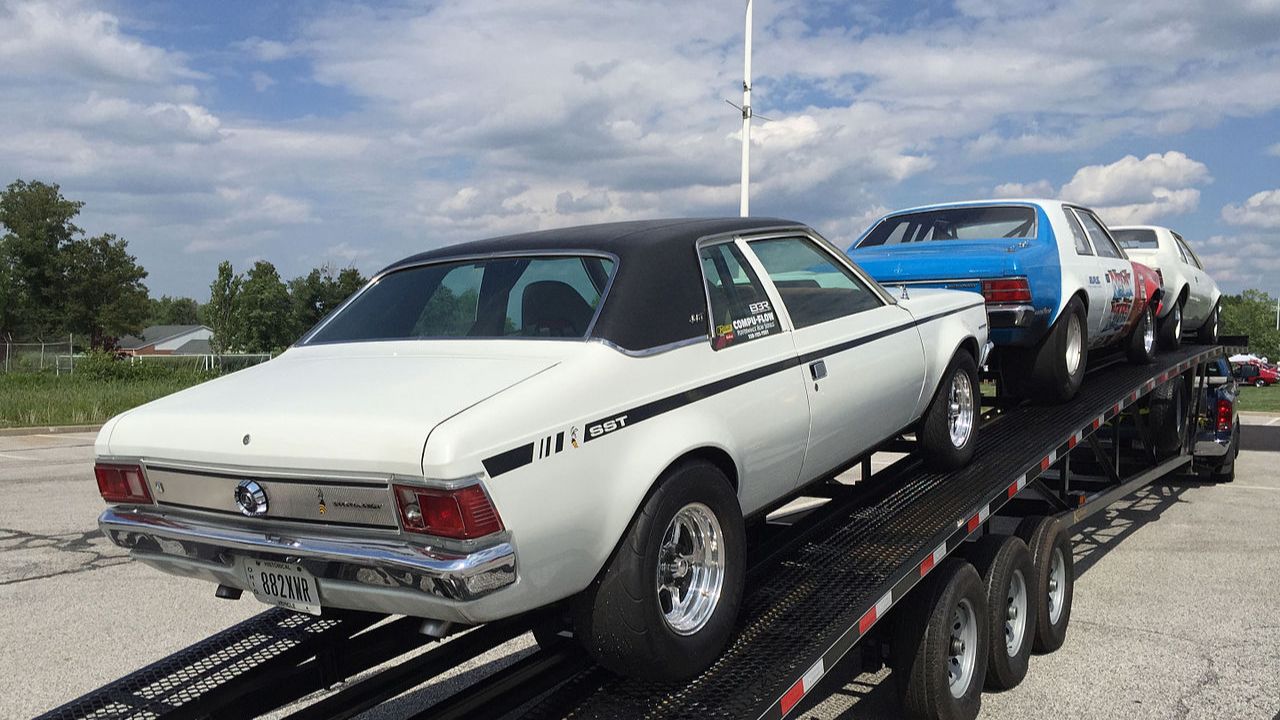
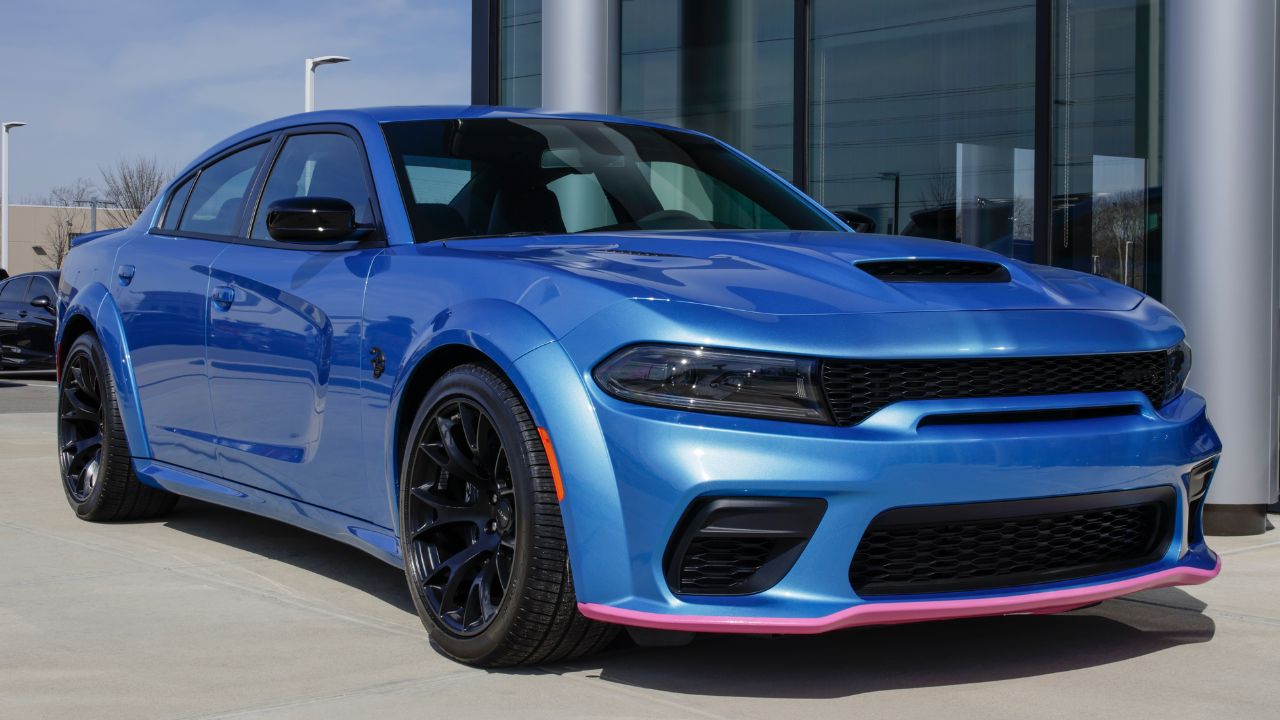
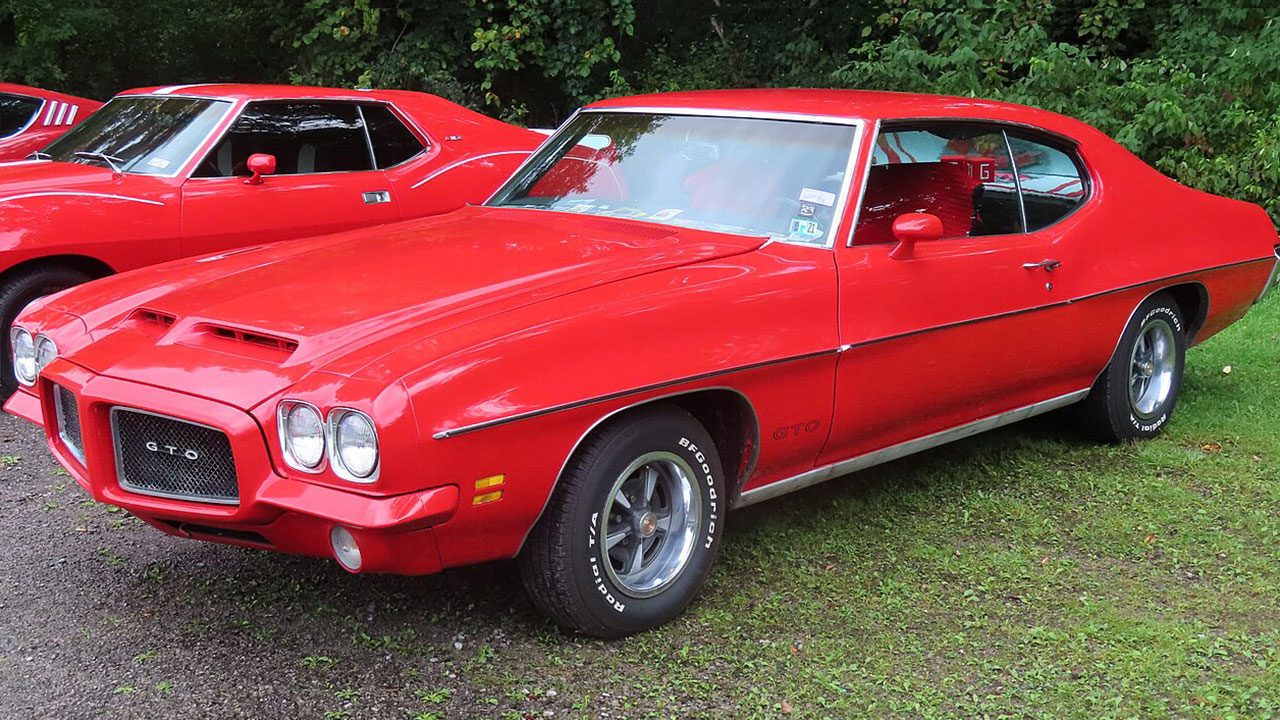

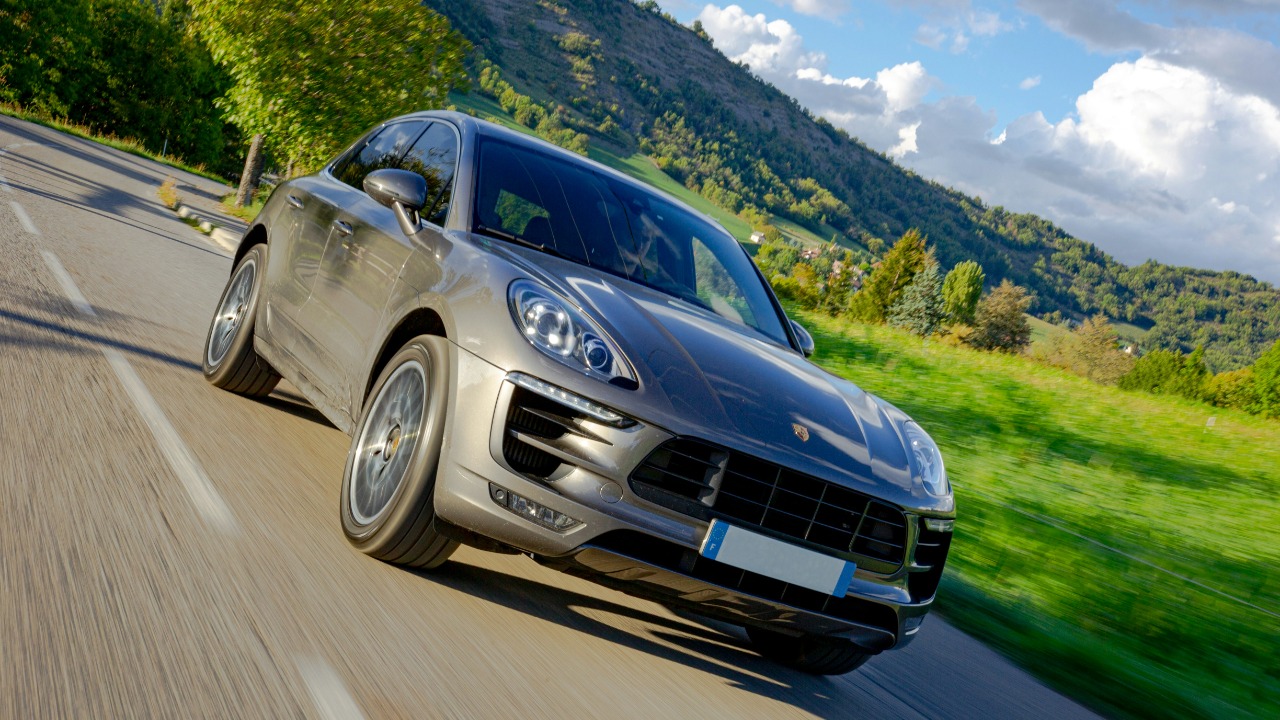
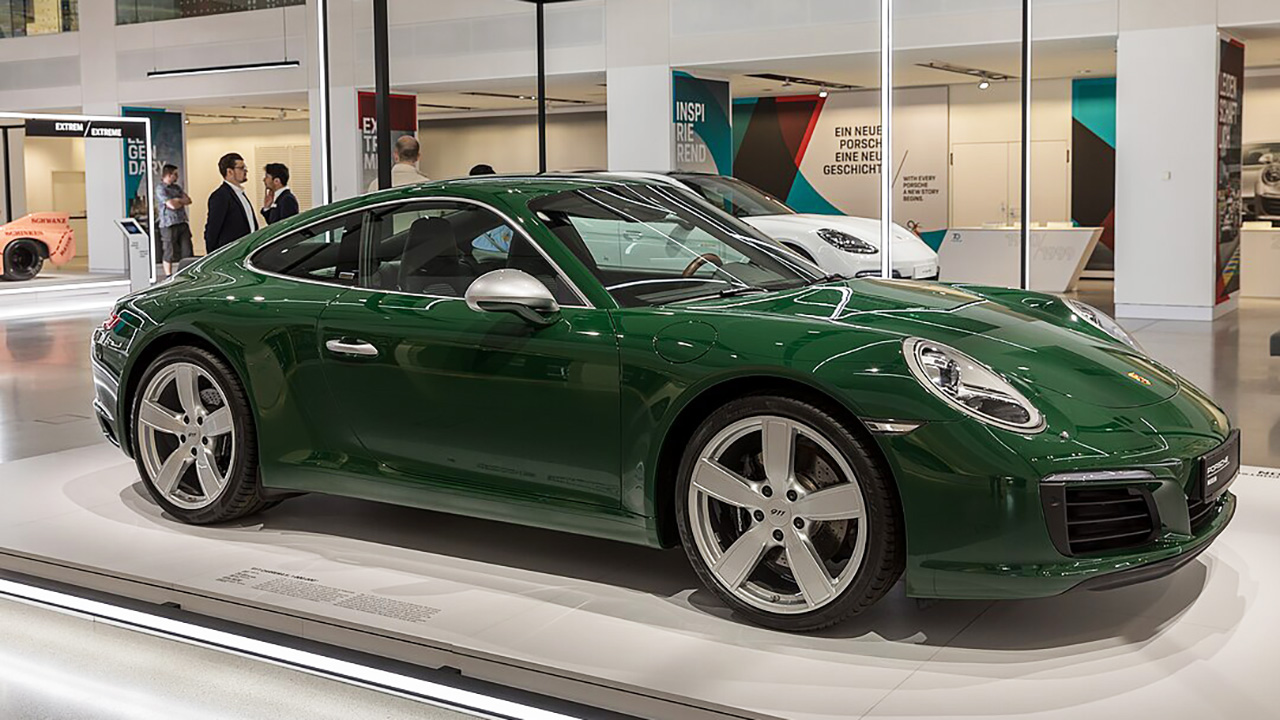
Leave a Reply